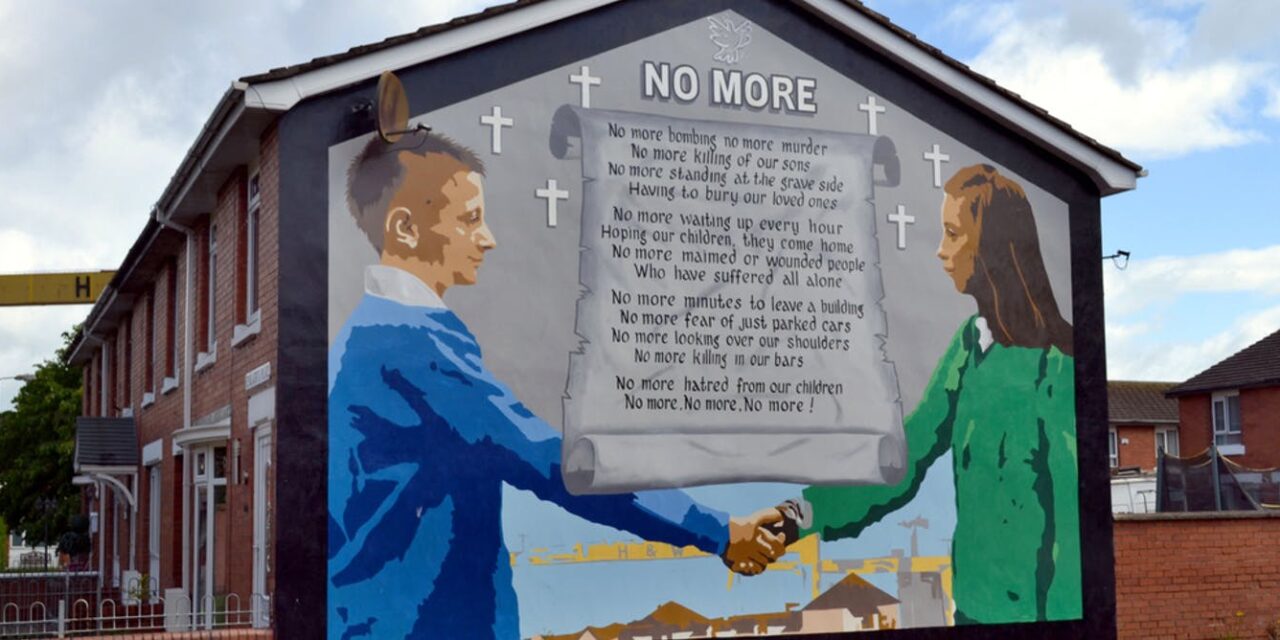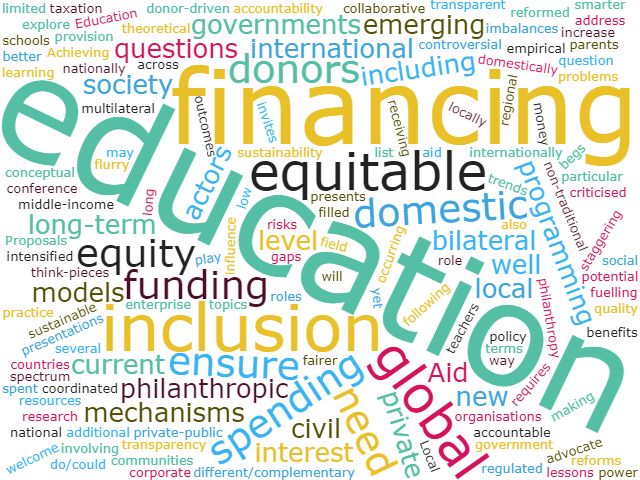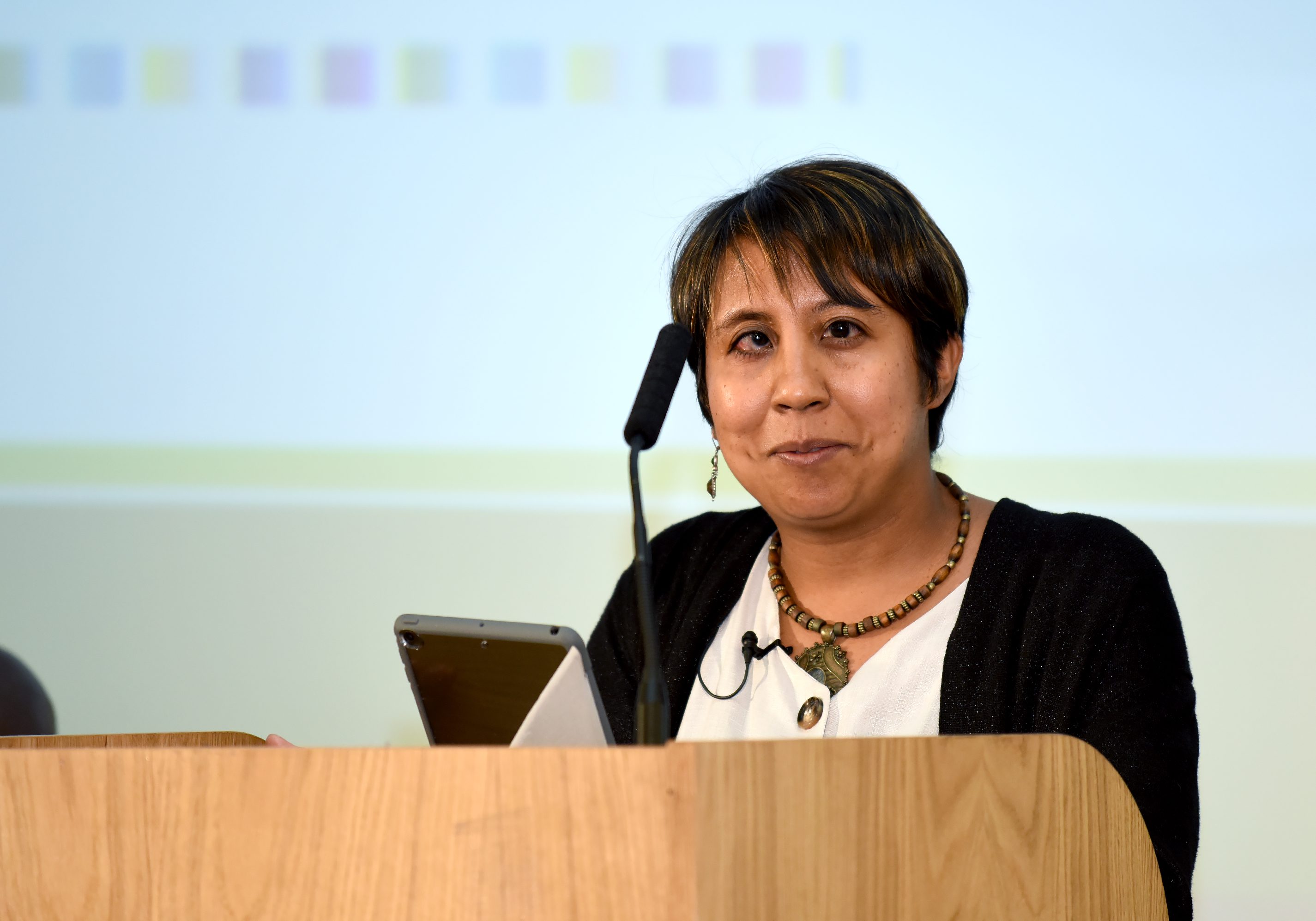By Elizabeth Anderson Worden, American University and Una O’Connor Bones, Ulster University. These issues were discussed during a session at the September 2019 UKFIET conference on inclusive education systems.
It has been just over twenty years since the Good Friday Agreement (GFA) ended the civil conflict in Northern Ireland, known as the Troubles, in 1998. A range of formal and non-formal educational initiatives aimed at promoting peace and reconciliation pre-date the GFA and continue to shape education today. From statutory initiatives such as ‘Education for Mutual Understanding’ and Cultural Heritage to education provision shaped by ‘Integrated Education’ and, more recently, ‘Shared Education,’ the Northern Ireland education system has worked to address and ameliorate enduring social and cultural divisions.
The results have been limited at best. While violent conflict has ceased, education remains divided: 95% of students still attend segregated schools, and recent polling from the annual Northern Ireland Young Life and Times Survey shows increasing apathy among young people. The power-sharing agreement that underpinned Northern Ireland’s self-governance has collapsed, leaving a political vacuum of over two and half years with little sign it will be restored soon.
Drawing from a research project that includes over forty interviews with both educational leaders and teachers in Northern Ireland, this presentation explores the limitations of education systems to be flexible—even radical—in responding to conflict while operating within a rigid political structure. While there are a diverse range of educational issues related to the Northern Ireland context, we draw from two recent examples for the purposes of this presentation. First, we discuss the seemingly benign compromises made by educational actors in the development of a critical post-conflict educational initiative, which ultimately undermined the impact of the program. Second, we consider the changing landscape of the education system itself. We look at the policy response to the sustainability of separate schools in light of shifting demographics.
For many communities, the education system represented stability and safety throughout the Troubles. Schools never closed and provided constancy in an otherwise tumultuous environment. Schools, of course, are not neutral places. By their segregated nature, schools could perpetuate social and culture divisions, and provide limited opportunity for children to learn about the ‘other’ – even with educational projects aimed at reconciliation throughout the Troubles. In short, the education system continued (and continues) to mirror social and cultural divisions rather than serve as a driver of social change.
Education leaders had a rare opportunity post-GFA to re-formulate the statutory school curriculum, including the development of more innovative subject areas based around civics or citizenship education. In post-primary education, Local and Global Citizenship (LGC) (introduced in 2007) had the potential to promote tolerance and understanding and encourage critically engaged students. Yet, despite substantial funding and policy support, a series of compromises arguably affected its ultimate implementation and subsequent status.
- First, the change in subject title (originally Social, Civic and Political Education) was perceived to limit its political literacy emphasis.
- Second, rather than a stand-alone subject area, LGC became subsumed within the broader curriculum unit of “Learning for Life and Work,” (alongside subjects such a home economics) which further diminished its academic status.
- Third, lack of clarity in defining citizenship education affected teachers’ ability to critically engage with the enquiry-based underpinnings of the subject, which lead to variations in practice.
- Finally, the unprecedented funding allocated to train teachers generated a curriculum “roll-out” at an unsustainable pace that did not allow the gradual implementation originally envisaged.
In curriculum terms, the implementation of LGC should have been a success. Yet our evidence suggests that its introduction was flawed, its curriculum position is uncertain and, in the current policy environment, real change is unlikely. Following the GFA, the education system—i.e., the actors within it—responded with compromise. As such, intentionally or not, stakeholders have kept schools as a familiar and stable fixture in society rather than an agent of change.
In Northern Ireland, as elsewhere, education has been increasingly subject to social and economic scrutiny, not least in the demographics and sustainability of the school estate. In April 2017, the Education Authority (EA) published the first regional Area Plan for Northern Ireland. The focus of the Area Plan is to ensure that all pupils have access to a broad and balanced curriculum that meets their needs within a diverse system of education through a network of sustainable schools. In an educational landscape of declining school populations and reduced financial support, the Sustainable Schools Policy sets out criteria and associated indicators as a framework for considering issues of school sustainability. In some areas, where there is a shortfall in pupil numbers (particularly at primary level) statutory authorities recognised the need to engage parents and communities in finding realistic solutions to school provision at community level (which might include consolidating or closing schools). Using an innovative community conversation model, facilitators guide a dialogue and discussion so that participants can find common ground and a positive way forward.
Through these two examples—one of system actors making compromises and one of system actors finding pragmatic solutions—we aim to begin conversation around what can be done realistically within the constraints of the Northern Ireland political system. Also, we ask in what ways can the lessons from Northern Ireland be applied to other education systems that seek to promote peace, counter violent extremism, and/or foster inclusion?





